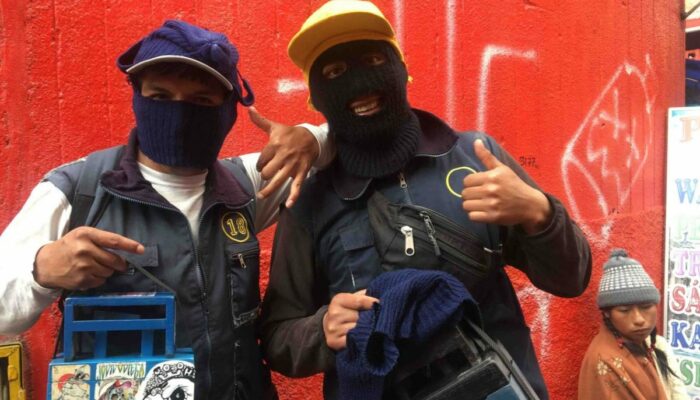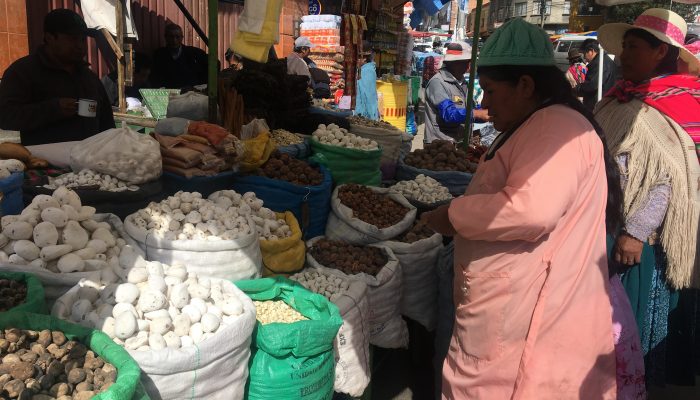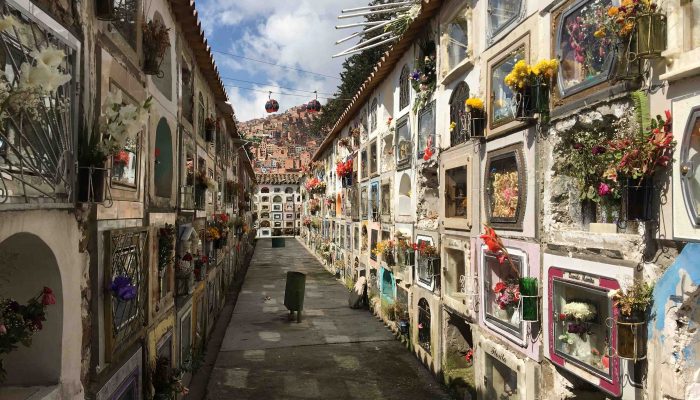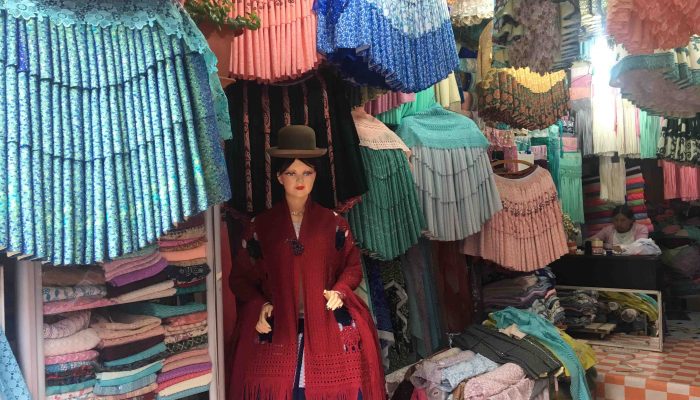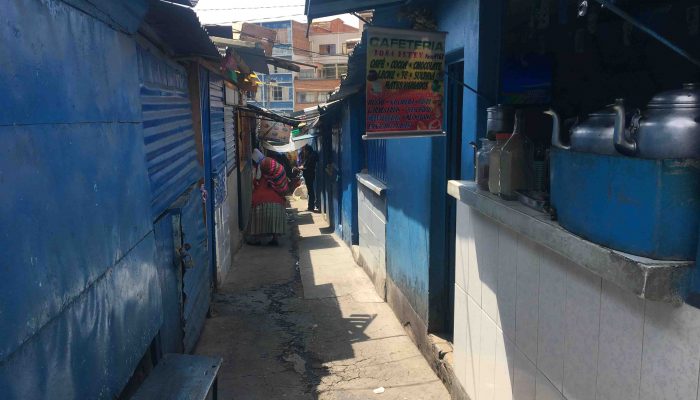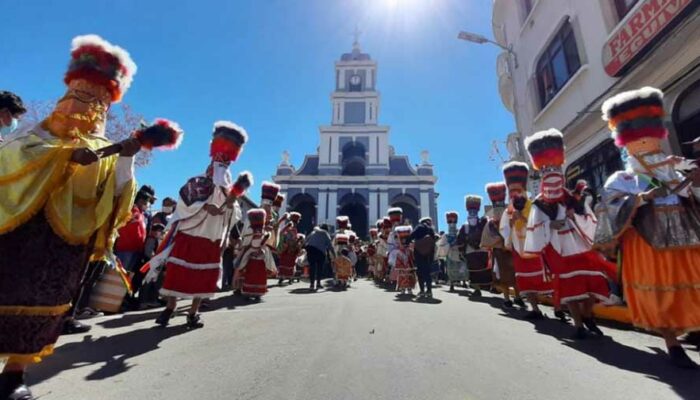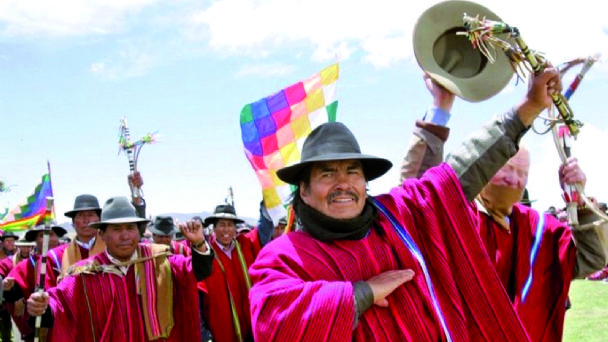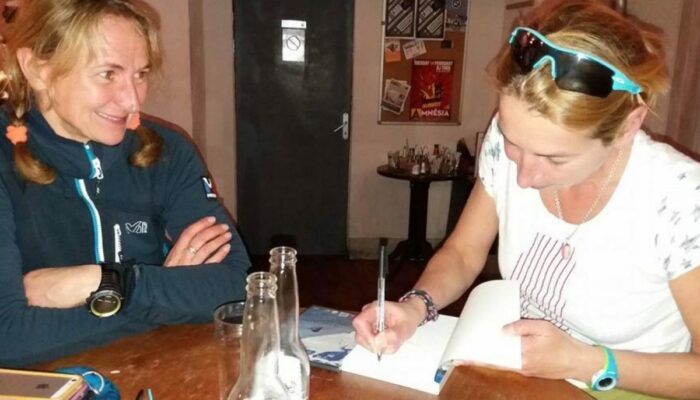To add to our historical and cultural city tour of La Paz, we tried out a new and highly original trick: that of the “lustras botas”. These shoe-shiners, not very proud of their street work, cover their faces so as not to be recognised by their friends and family. As they take you on a tour of the city, they will tell you their story, how they ended up on the streets and how they are trying to get off them. It’s a very interesting exchange, but also a very touching testimonial.
The tour starts at the central station of the red cable car.
The tour begins in the “los ajusticiados” district, where the laws of community justice are explained to us. We learn just how harsh the reality is, how unforgiving it is, how thieves and rapists end up hanged or burnt. The firecrackers and whistles are cries for help sent out to the local youth to come and help. Listen carefully, especially if you’re in El Alto, and you’ll know what’s going on there.
Then we visit various markets. First there’s the potato market, where you can discover the dehydrated variety of potato, las tuntas and los chuños, a local species with a very special taste and smell. The next stop is the fish market, where most of the produce is trout, straight from Lake Titicaca. Fish arrive every morning between 3.30am and 5am, and the cholitas start preparing their stalls. During Easter week, the fish is flowing like water, as the tradition here is to celebrate with 12 meatless dishes.
We then head to the General Cemetery, where we learn a lot about Bolivian funeral rites. Funeral niches are rented for 7 years; if the family has not paid, a message is left on the niches to indicate the deadline, otherwise the body is removed and burnt. We also pass by the flower market and the cinnamon ice cream shop. We also discover the invitation cards for the 8th day of death, an important moment in the Bolivian funeral process.
We then move on to a happier subject, the cholita paceña – originally from La Paz. We visit the district where you’ll find all the shops where she buys her uniform: fabrics, clothes, hats and jewellery. Cholitas are very coquettish, even going so far as to match their jewellery to the colour of their contact lenses. Once you’ve explored this fascinating world, you’ll understand why it’s more profitable for a cholita to pay a bodyguard than risk having an earring stolen. A vicuña jacket, for example, can fetch up to 15,000 bolivianos, or around $2,000.
Finally, we visit the Mercado Uruguay, with its original narrow streets and its reputation for being the cheapest in La Paz. It used to be possible to have lunch there for 4 bolivianos (0.5 € cents). Today, prices have doubled, but it’s still very cheap. We visit the “museo de los aves”. They also tell us about a few traditions, such as how to remove a curse from someone who has been cursed: leave a black animal (a rabbit, a cat, etc.) to die on the chest for several hours, with the help of a yatiri.
This tour will teach you a lot about Bolivian traditions and customs, particularly those of La Paz. Away from the tourist sites, you’ll come face to face with the paceña reality for a complete discovery of the city. Not to be missed!

